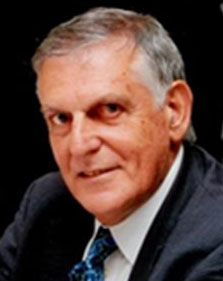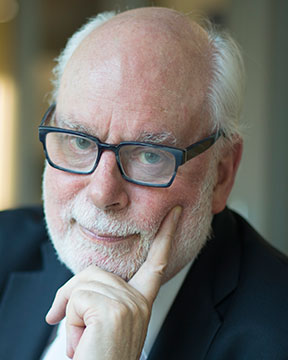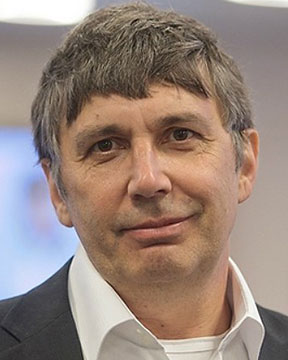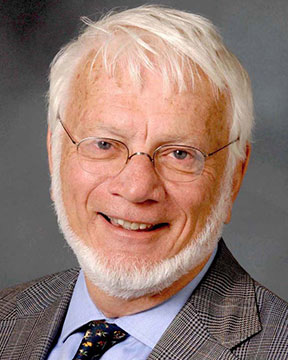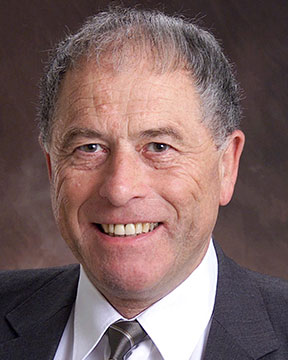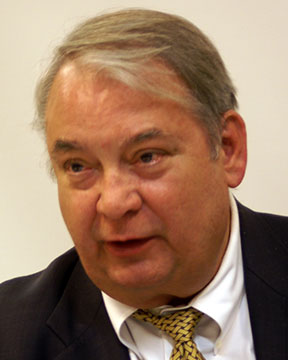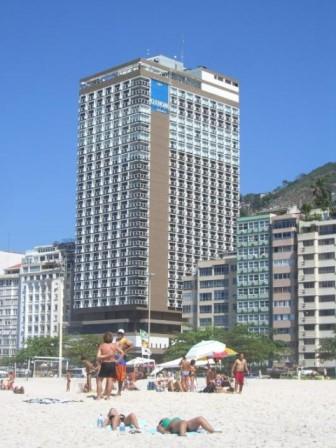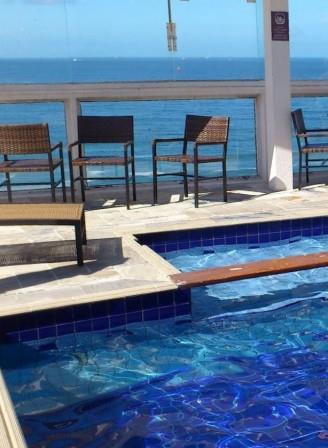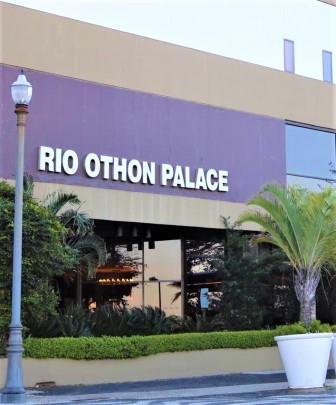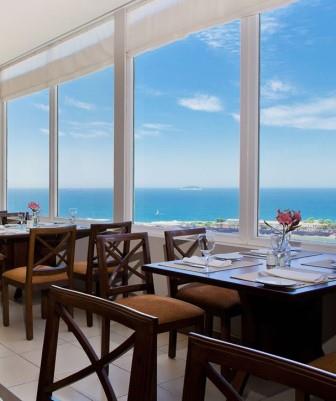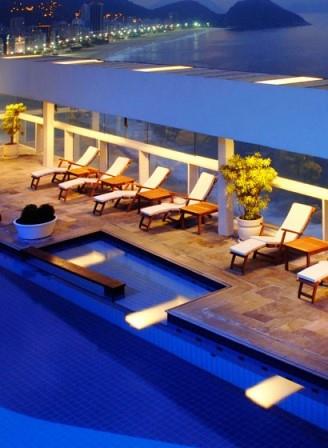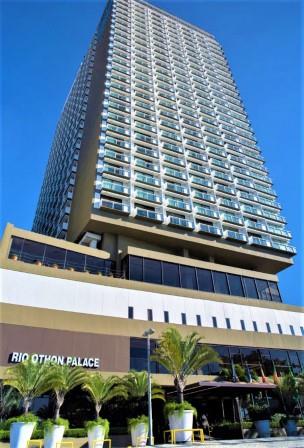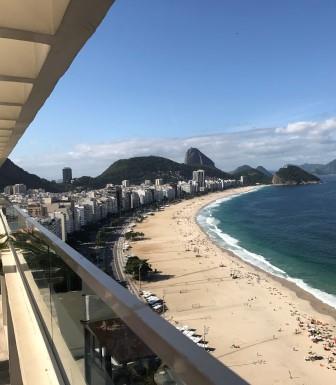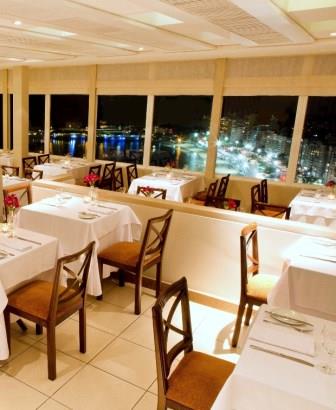ORALS
SESSION: ManufacturingMonPM1-R4
Advanced Manufacturing / Mechanics / Structural Plasticity | Mamalis International Symposium on Advanced Manufacturing of Advanced Materials and Structures with Sustainable Industrial Applications |
| Mon Nov, 5 2018 / Room: Sao Conrado (50/2nd) | |
| Session Chairs: Pengwan Chen; Session Monitor: TBA |
15:15: [ManufacturingMonPM108]
Hydrogen Segregation in Palladium: Influence of Hydrogen Content, Temperature and Defects Tahir
Cagin1 ; Han
Leng
2 ; Hieu H.
Pham
2 ;
1Texas A&M University, College Station, United States;
2Texas A&M University, College Station, United States;
Paper Id: 216
[Abstract] Atomistic simulations were carried out to investigate the properties of Pd crystals as a combined function of structural defects, hydrogen concentration and high temperature. These factors are found to individually induce degradation in the mechanical strength of Pd in a monotonous manner. In addition, defects such as vacancies and grain boundaries could provide a driving force for hydrogen segregation, thus enhance the tendency for their trapping [1,2]. The simulations show that hydrogen maintains the highest localization at grain boundaries at ambient temperatures. This finding correlates well with the experimental observation that hydrogen embrittlement is more frequently observed around room temperature [3]. The strength-limiting mechanism of mechanical failures induced by hydrogen is also discussed, which supports the hydrogen-enhanced localized plasticity theorem. We will also report on the influence of hydrogen content on thermodynamic properties such as melting point, heat capacity and thermal expansion coefficient and mechanical properties such as elastic modulus and Young's modulus as a function of temperature.
References:
[1] R. B. McLellan and L. Yang, Acta Metallurgica et Materialia 43 (6), 2463-2467 (1995).
[2] T. Mütschele and R. Kirchheim, Scripta Metallurgica 21 (2), 135-140 (1987)
[3] H. Conrad, G. Ertl, and E.E. Latta, Adsorption of Hydrogen on Palladium Single-Crystal Surfaces. Surface Science, 41(2), 435-446 (1974).
15:40 Break
SESSION: AdvancedMaterialsWedPM3-R6
| 4th Intl. Symp. on New and Advanced Materials and Technologies for Energy, Environment and Sustainable Development |
| Wed Nov, 7 2018 / Room: Guaratiba (60/2nd) | |
| Session Chairs: Pavle Radovanovic; Session Monitor: TBA |
18:05: [AdvancedMaterialsWedPM314]
Self-regulation of Living Spaces Through Material Multi-functionality Tahir
Cagin1 ; Ergun
Akleman
2 ; Terry
Creasy
2 ; Negar
Kalantar
2 ; Zofia
Rybkowski
3 ;
1Texas A&M University, College Station, United States;
2Texas A&M University, college station, United States;
3Texas A&M University, college Station, United States;
Paper Id: 255
[Abstract] We envision living spaces and structures that could self-regulate their comfort and utility levels such as temperature, light, or air purity, in response to cyclic external environmental changes occurring in nature. The concept of self-regulation is natural for biological structures such as plants, which can regulate their internal parameters that do not require a centralized control. With current advances in materials science and engineering focusing on development of multi-functional materials, design and control of materials' microstructures, as well as advances in architectural design of functional units and architectured materials, it has become possible to construct self-regulatory structures without sensors or centralized control. By using materials that can self-modify their form and morphology in response to localized environmental cues such as gradient changes in temperature, vapor pressure, mechanical pressure, and pH, there exists the potential to modify permeability of air, water, and heat transfer across a structure's skin, as well as modulate light and other comfort related parameters. The design principle underscoring this perspective is to apply non-equilibrium statistical thermodynamics, which governs the behavior of dynamic systems as a function of field gradients; eg.. temperature gradient leading to energy flow, concentration gradients montioring mass flow and potential gradient guiding eurrent flow. The level and treshold of the flows is guided by the materials response functions — thermal conductivity, viscosity, resistivity, and other coupled transport coefficients. There are many existing highly active functional materials, such as shape memory alloys, bi-metallic strips, stimuli-responsive polymers, dendritic or star polymers, abundant phase changing materials and piezoelectric materials, that can provide such self-regulatory behavior [1-5]. We will describe various materials systems that provide opportunities in design materials and material systems for construction of self-regulating structures.
References:
[1] J.B. Haskins, A. Kinaci, T. Çağın, “Molecular Dynamics Simulations of Piezoelectric Materials for Energy Harvesting Applications,” Materials Science Forum 792, 54-64 (2014).
[2] S. Ozdemir Kart, M. Uludogan, I. Karaman, and T. Çağın, “DFT Studies on Structure, Mechanics and Phase Behavior of Magnetic Shape Memory Alloys: Ni2MnGa” Phys. Stat. Sol. (a) 205, 1026-35 (2008).
[3] T. Çağın, G. F. Wang, R. Martin, N. Breen, W. A. Goddard, “Molecular Modeling of dendrimers for nanoscale applications,” Nanotech. 11, 77-84 (2000).
[4] A. Chakrabarty, T. Çağın, “Thermo-mechanical Properties of a piezoelectric polyimide carbon nanotube composite: Assessment of Composite Theories,” Comp. Mater. Sci. 92, 185-191 (2014).
[5] P. K. Maiti, T. Çağın, S-T Lin, and W. A. Goddard, III, Effect of Solvent and pH on the Structure of PAMAM Dendrimers, Macromol. 38, 979-991 (2005).
19:30 PM Dinner


